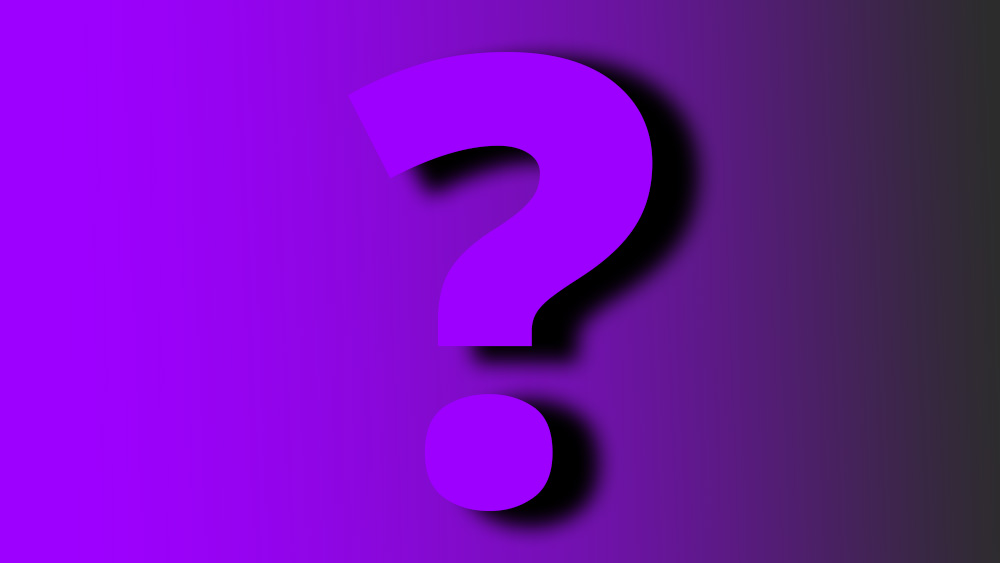
Purple is often used sparingly in branding and graphic design, but its associations with royalty and luxury can make it a powerful force, as we see in our piece on the best uses of colour in branding.
Think Cadbury, Hallmark... er Taco Bell and Yahoo. Now science wants to tell us that it's merely an optical illusion? That's the suggestion behind the argument that purple isn't real because it doesn't exist on the spectrum of visible light.
Wait, what? What about aubergines? What about Prince? What about the new Microsoft Office icons? Steady yourself because this requires a reappraisal of primary education. The rainbow song 'red, and orange, and yellow, and green, and purple, and blue! And indigo, too'? – all wrong, apparently (also see our piece on colour theory).
It seems it might all depend on how you define purple, which is a matter of semantics as much as science. As the Instagram video above shows, rainbows do feature violet at one extreme. Like the other colours in the rainbow, violet has its own wavelength (it's the shortest that we can see).
As a kid, I always considered violet to be a shade of purple, and I think many people do. But no; violet is a real spectral color. The colour usually referred to as purple is actually a mix of a range of colors that fall between the spectral colors of red and violet on the CIE Chromaticity Diagram.
While I'm not convinced that this means 'purple is fake' or 'isn't a colour' it does mean that it only exists in our minds, as a kind of optical illusion of physics and neuroscience. Hence why there's no 'P' in ROYGBIV.
To create purple in art, the RGB model combines red and blue pigments while the CMYK model for printing combines magenta with cyan or black (or
According to Popular Mechanics, it isn’t supposed to be possible to create a color from wavelengths on opposite ends of the spectrum like violet and red are. As a compromise to allow us to perceive such conflicting visual stimuli, our brains "bend the spectrum into a circle, making the two extremes meet at purple".
I think, therefore purple is real. Now can we argue about what indigo is supposed to look like?
For more on colour, see our guide to what is colour grading and our piece on colour gamut.







